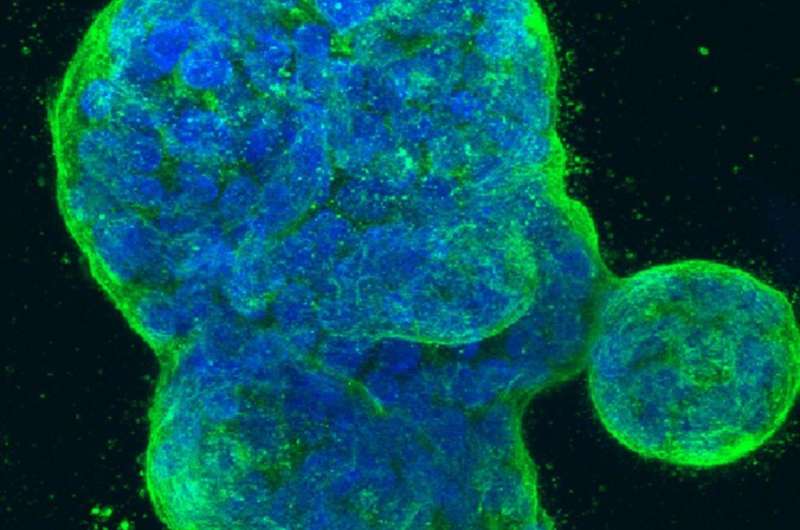Genomic assay may predict long-term prognosis in premenopausal patients with HR-positive early-stage breast cancer

Among premenopausal women with hormone receptor (HR)-positive, early-stage breast cancer enrolled in the SOFT trial, those with a high score on a genomic assay called Breast Cancer Index (BCI) had increased risk of distant recurrence, and those with low BCI benefited more from the addition of ovarian suppression therapy to endocrine therapy after 12 years of follow-up, according to data presented at the 2022 San Antonio Breast Cancer Symposium, held December 6-10, 2022.
"The SOFT trial showed that adding ovarian function suppression (OFS) to endocrine therapy benefited a subset of premenopausal women with HR-positive, early-stage breast cancer. However, OFS increases short and long-term toxicity and is not tolerated by all patients," said presenter Ruth O'Regan, MD, professor and chair of the Department of Medicine at the University of Rochester. "Therefore, determining which patients truly need OFS is crucial to avoid added toxicities in patients who are unlikely to benefit."
BCI is a genomic assay incorporating a gene expression signature called molecular grade index and the expression ratio of the HOX13 gene to the IL17BR gene (H/I ratio). BCI assesses the risk of late distant recurrence (5-10 years after diagnosis) of HR-positive, early-stage breast cancer. The H/I ratio determines which patients benefit from extended durations of endocrine therapy in this patient population.
O'Regan and colleagues evaluated BCI in a subset of 1,687 patients enrolled in the SOFT trial to determine whether BCI can predict prognosis and benefit from OFS in premenopausal women with HR-positive, early-stage breast cancer who received endocrine therapy with or without chemotherapy.
The analysis showed that after 12 years of follow-up, BCI was prognostic of distant recurrence: Among patients without lymph node involvement, those with high BCI had a 98 percent increased risk of distant recurrence than those with low BCI. A similar increase was observed in patients whose cancer had spread to one to three lymph nodes.
Furthermore, among patients with low H/I ratio, adding OFS to exemestane or tamoxifen resulted in reduced risk of recurrence after 12 years compared to treatment with tamoxifen alone (11.6 percent and 7.3 percent, respectively).
The predictive benefit of the H/I ratio was observed regardless of age, lymph node involvement, and receipt of chemotherapy.
"Previously, high H/I ratio has been shown to predict which patients benefit from longer durations of endocrine therapy, which could indicate sensitivity to such therapy. However, benefiting from OFS may not be related to endocrine sensitivity," O'Regan said. "It is possible that patients with endocrine-resistant cancers may benefit more from OFS, which could explain our findings."
"If validated, the H/I ratio may be useful to determine which premenopausal patients require OFS, thereby avoiding additional toxicity in those who are unlikely to benefit," O'Regan added.
A limitation of this study is the small sample size. "Larger numbers are needed to validate our findings," O'Regan said.


















